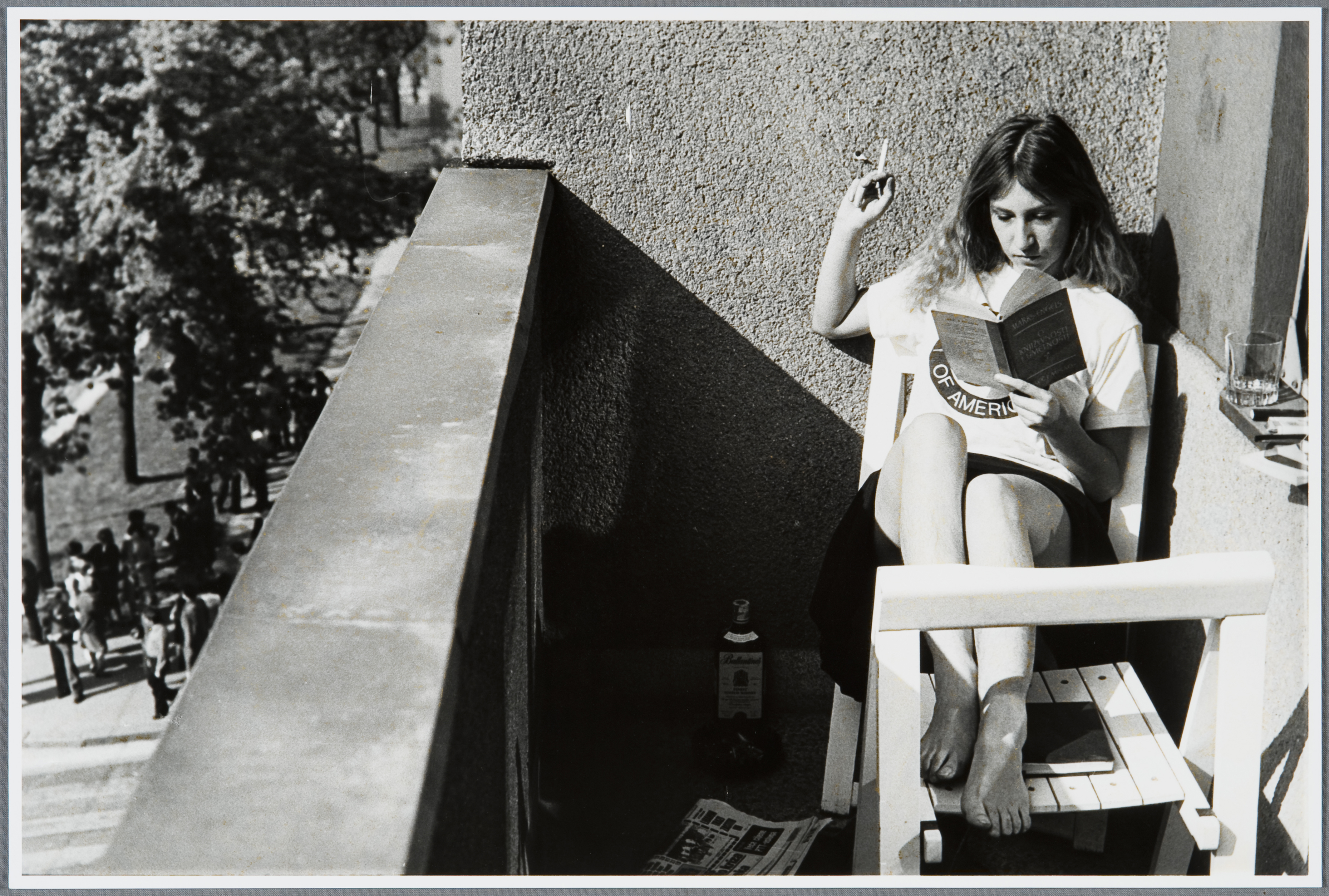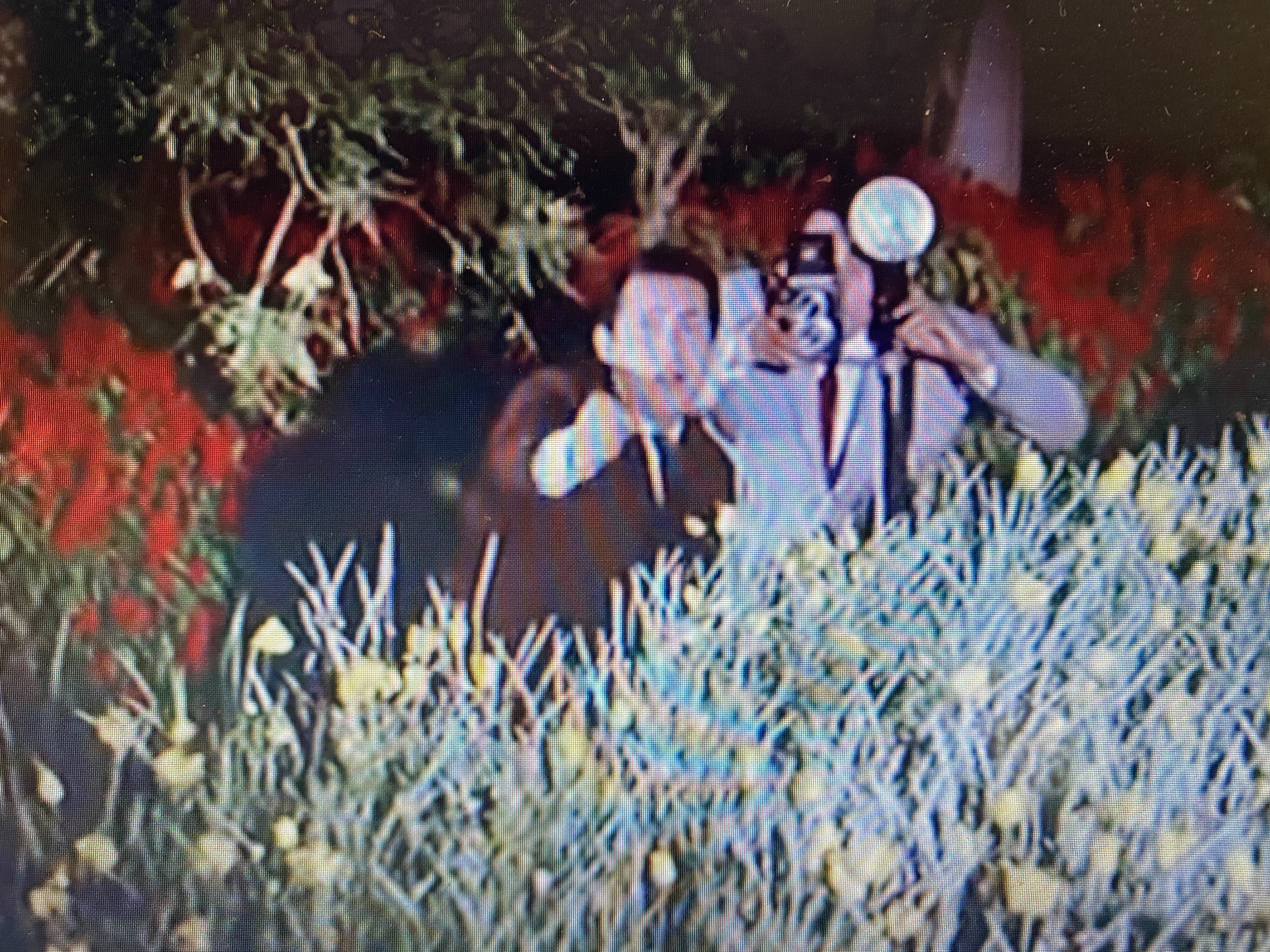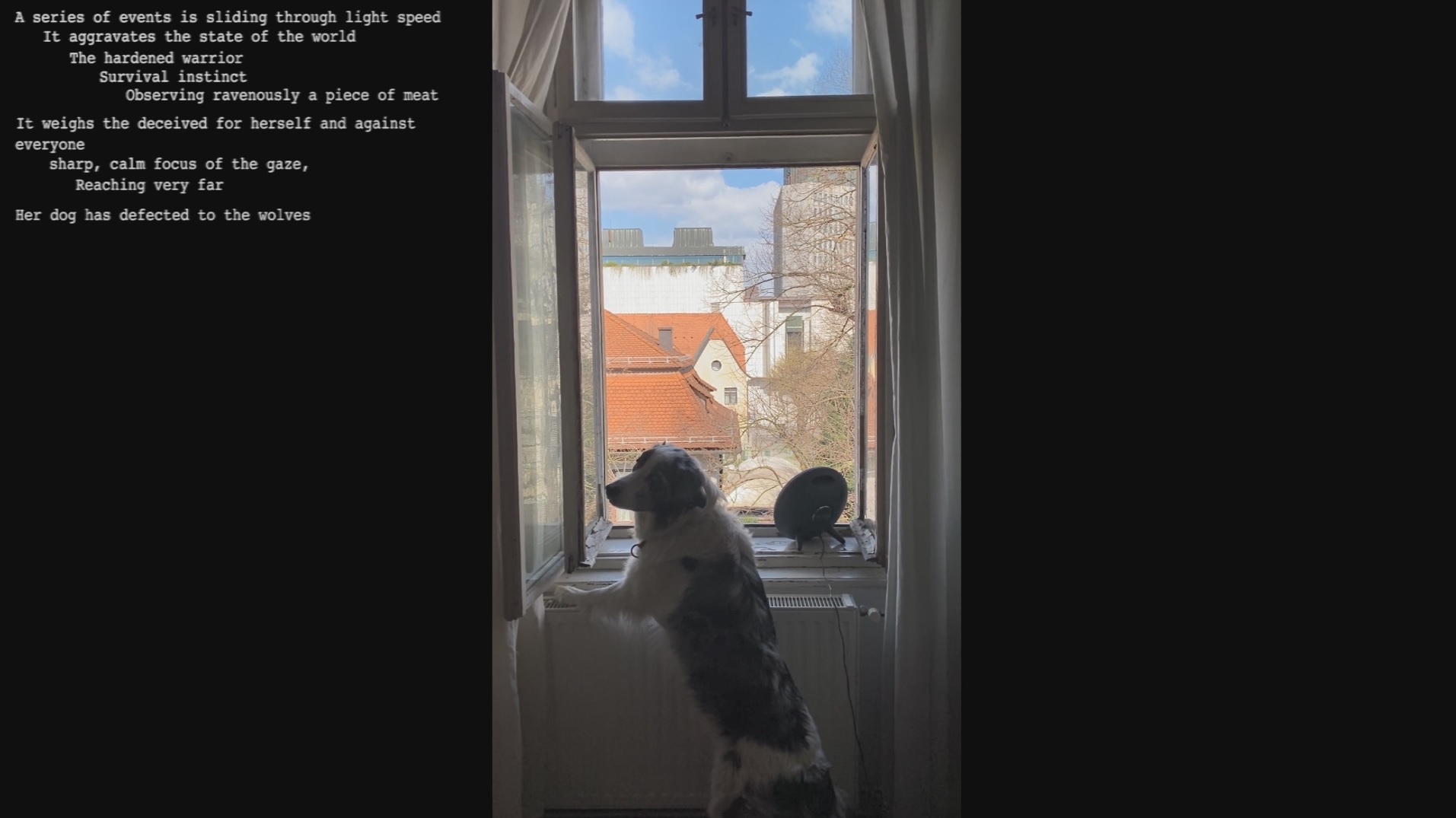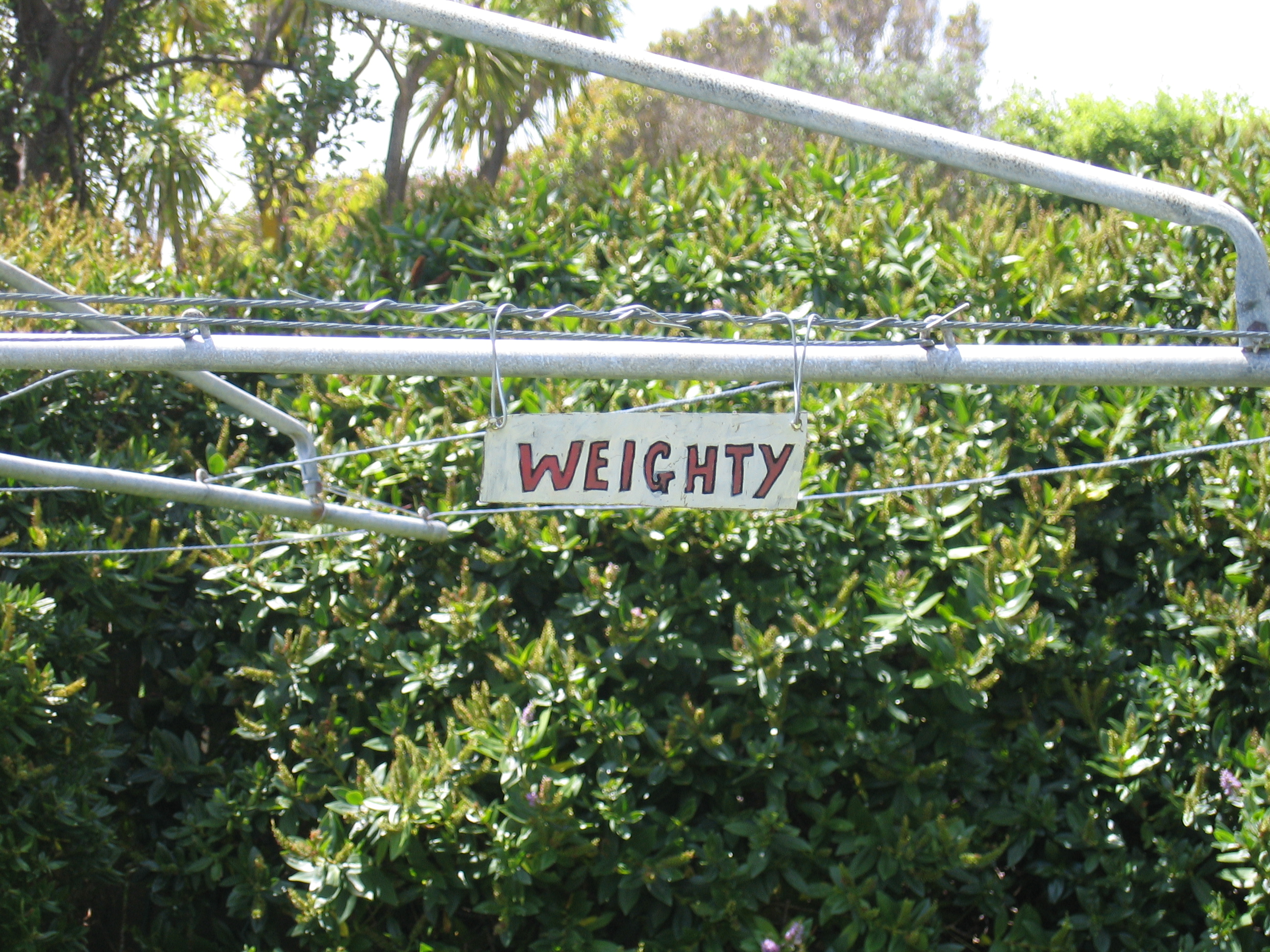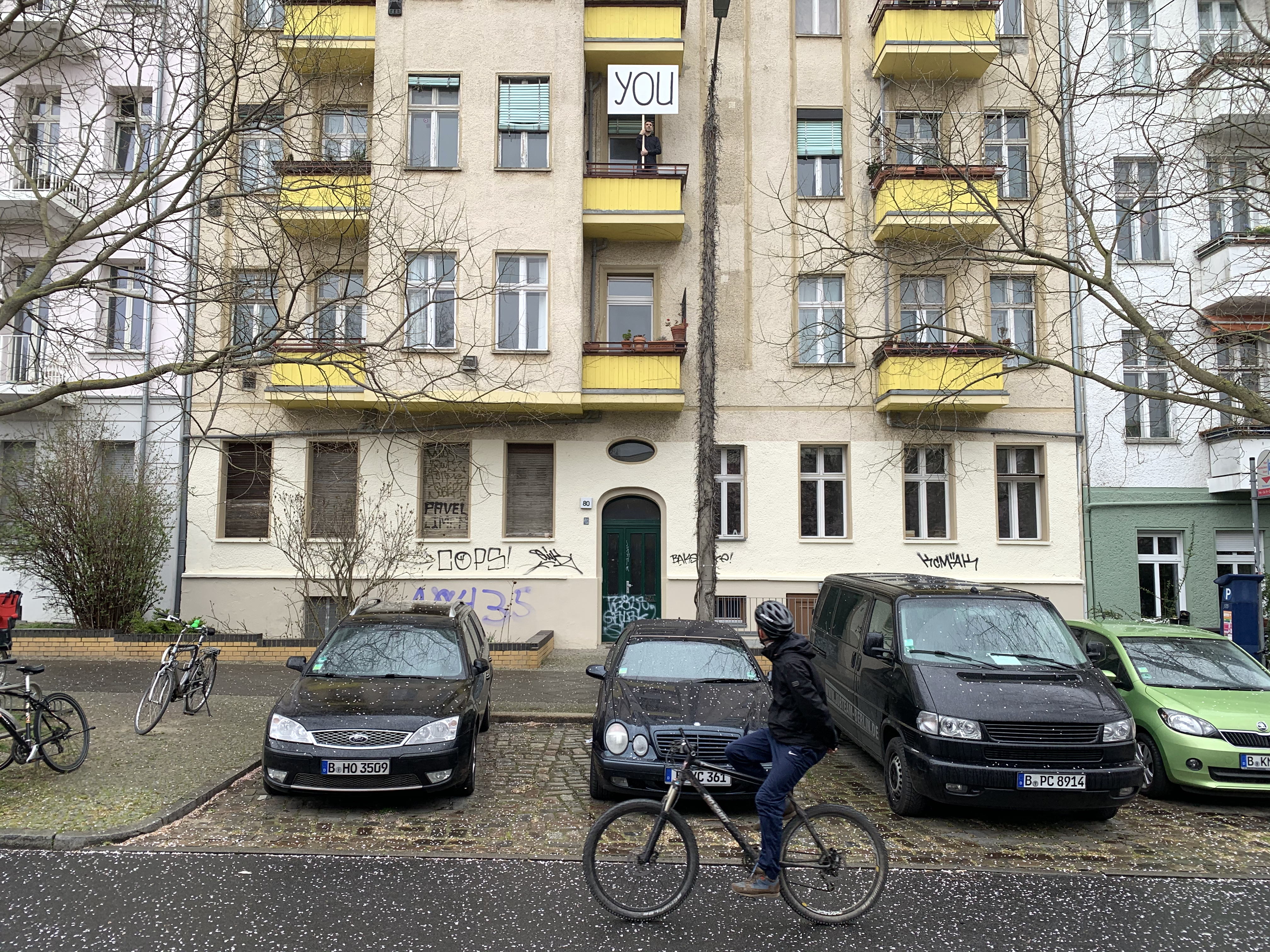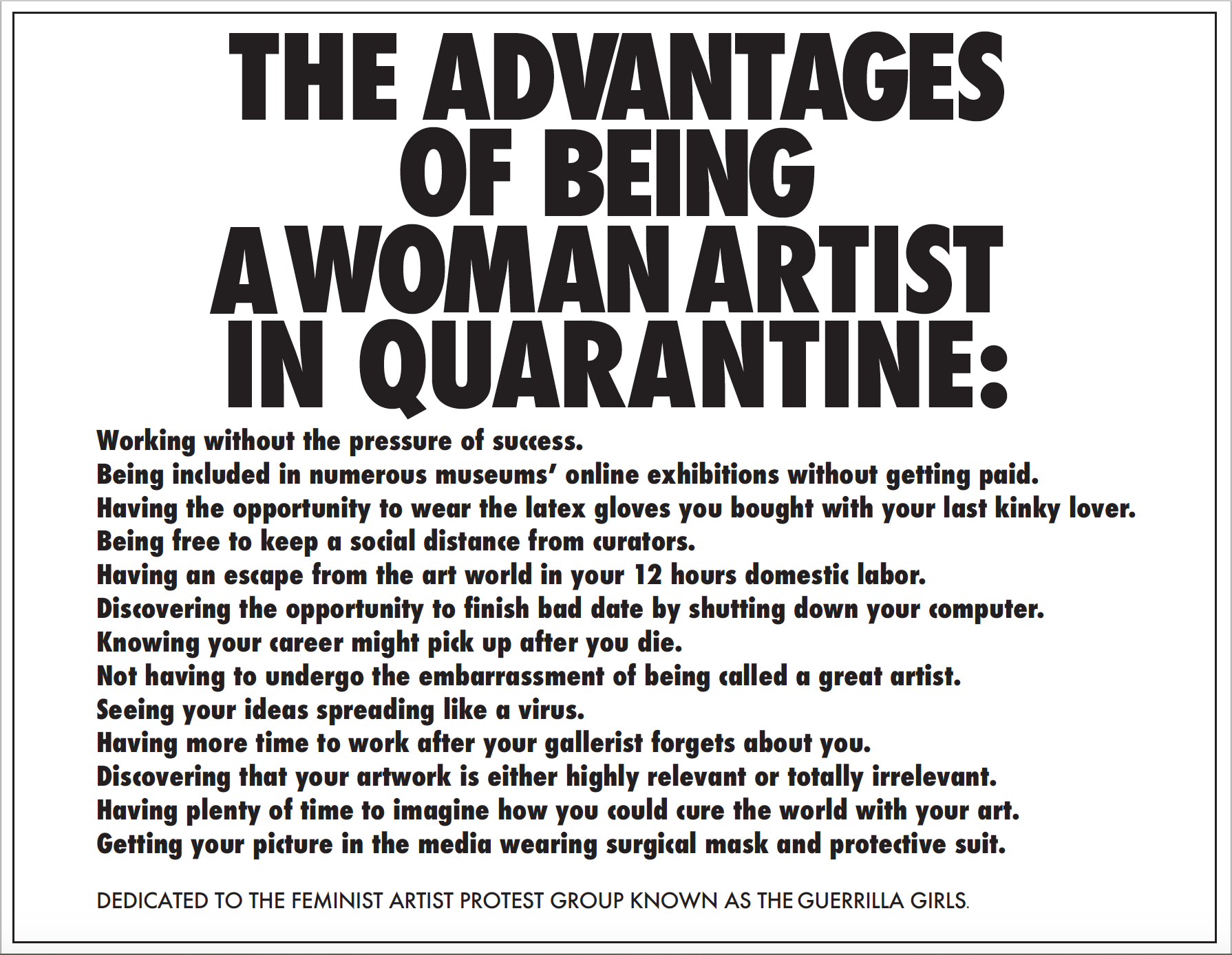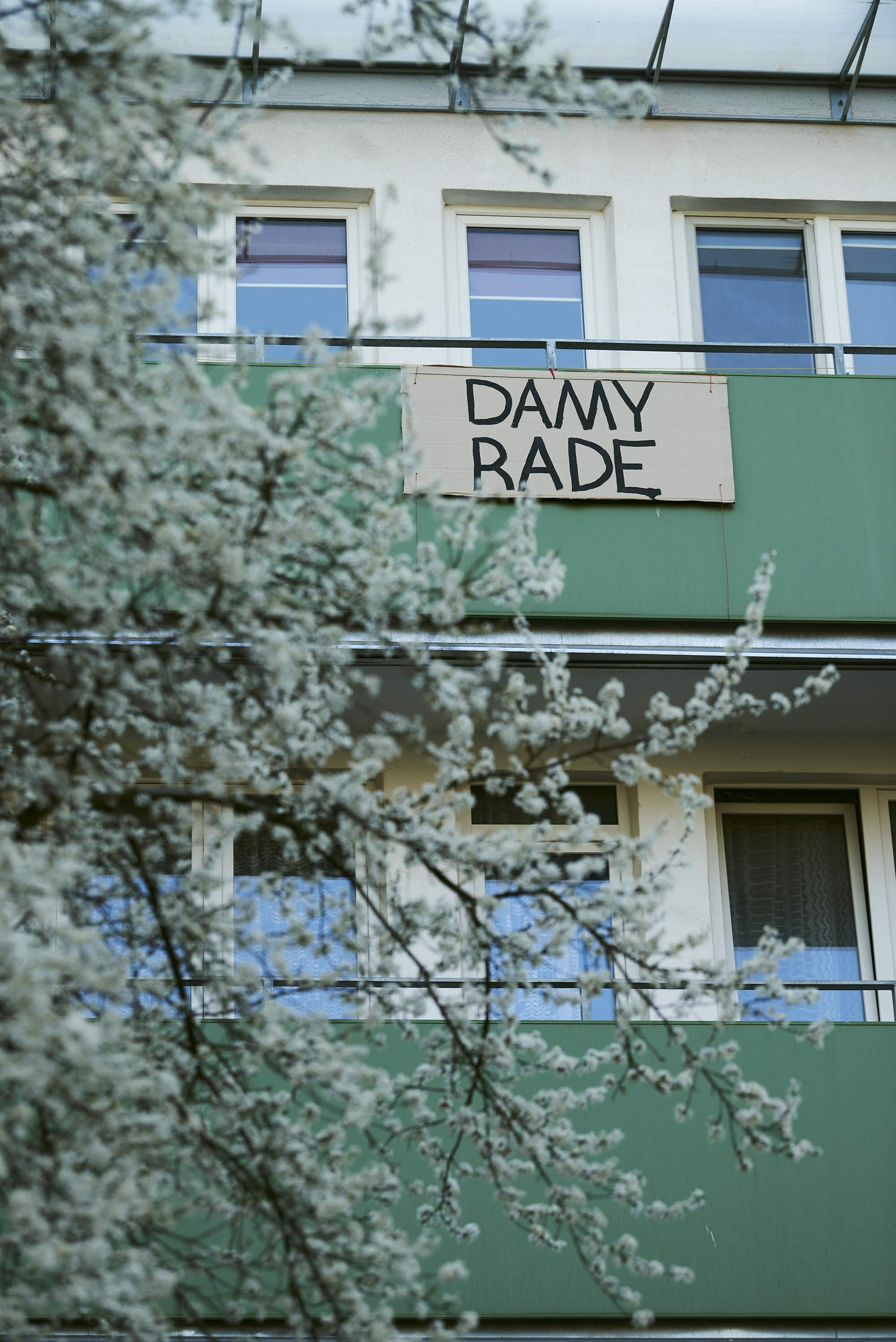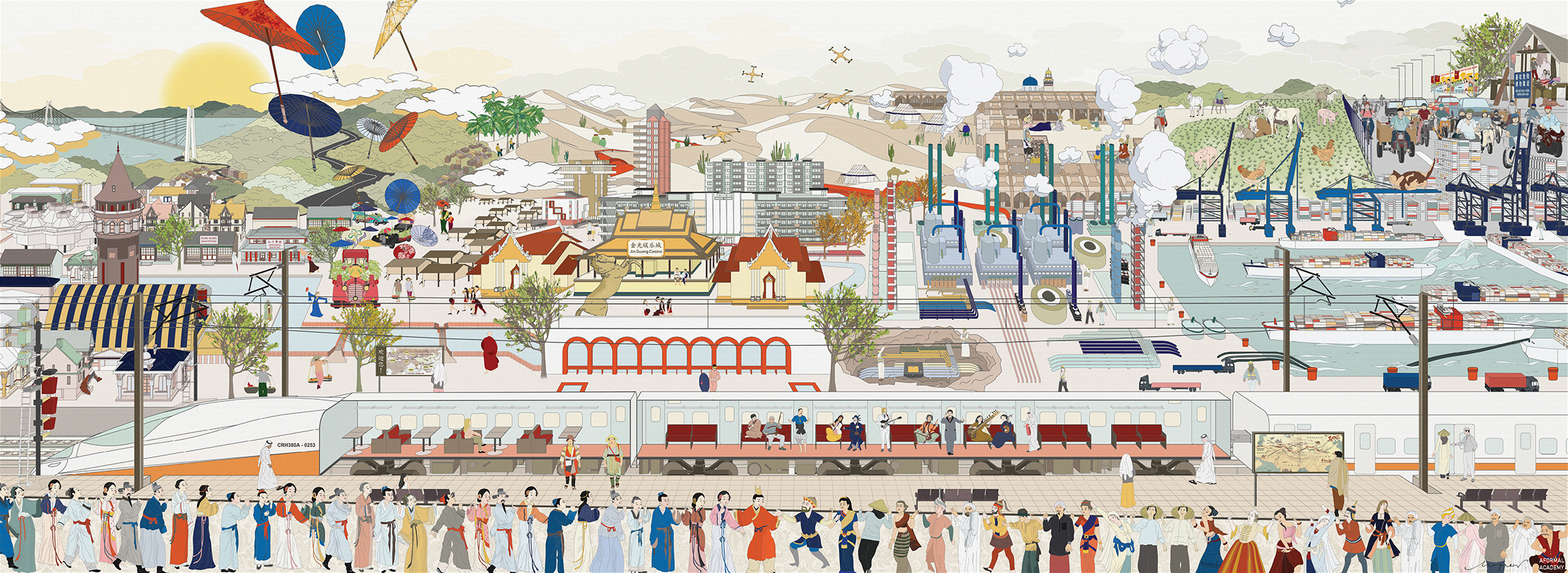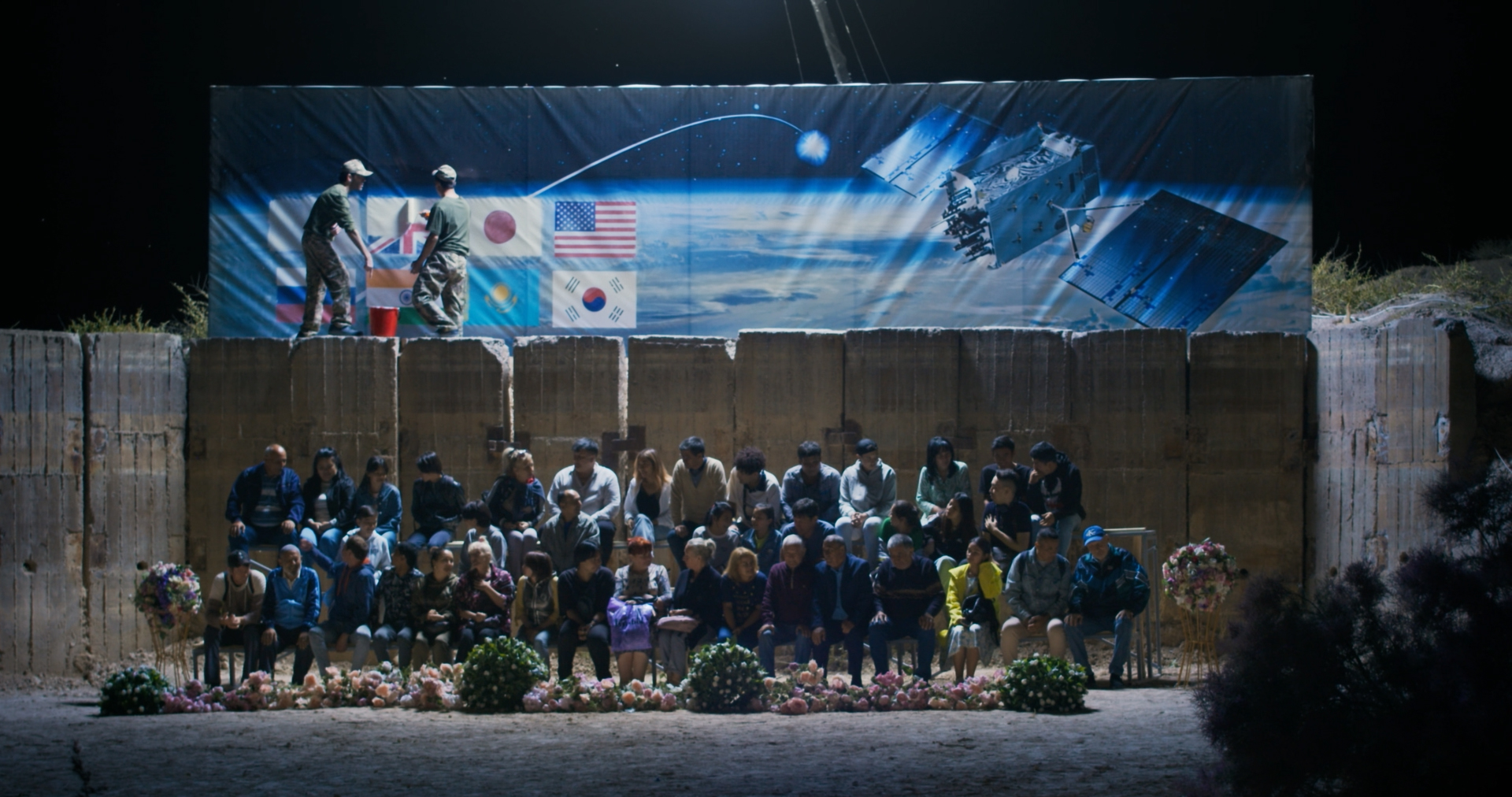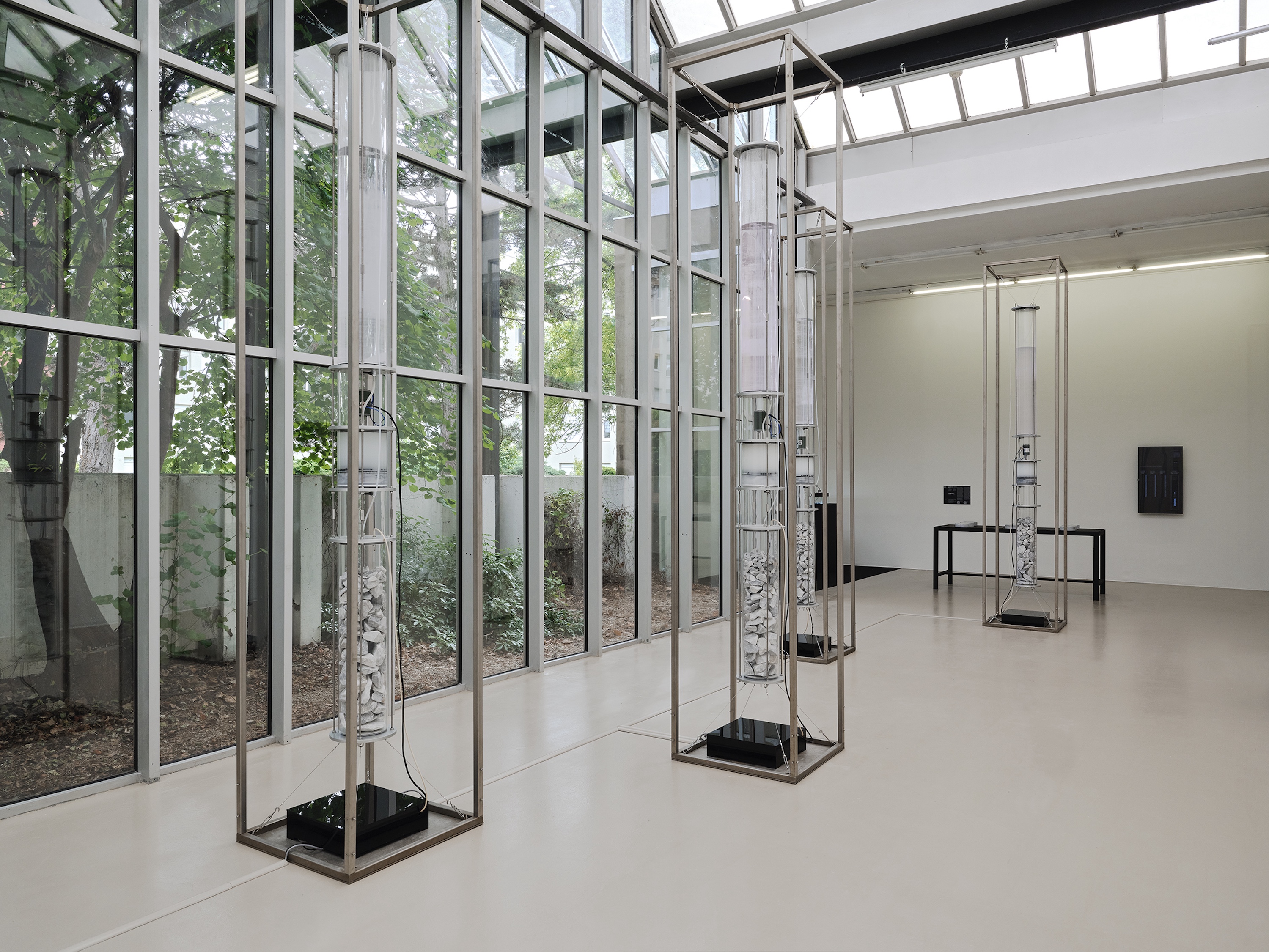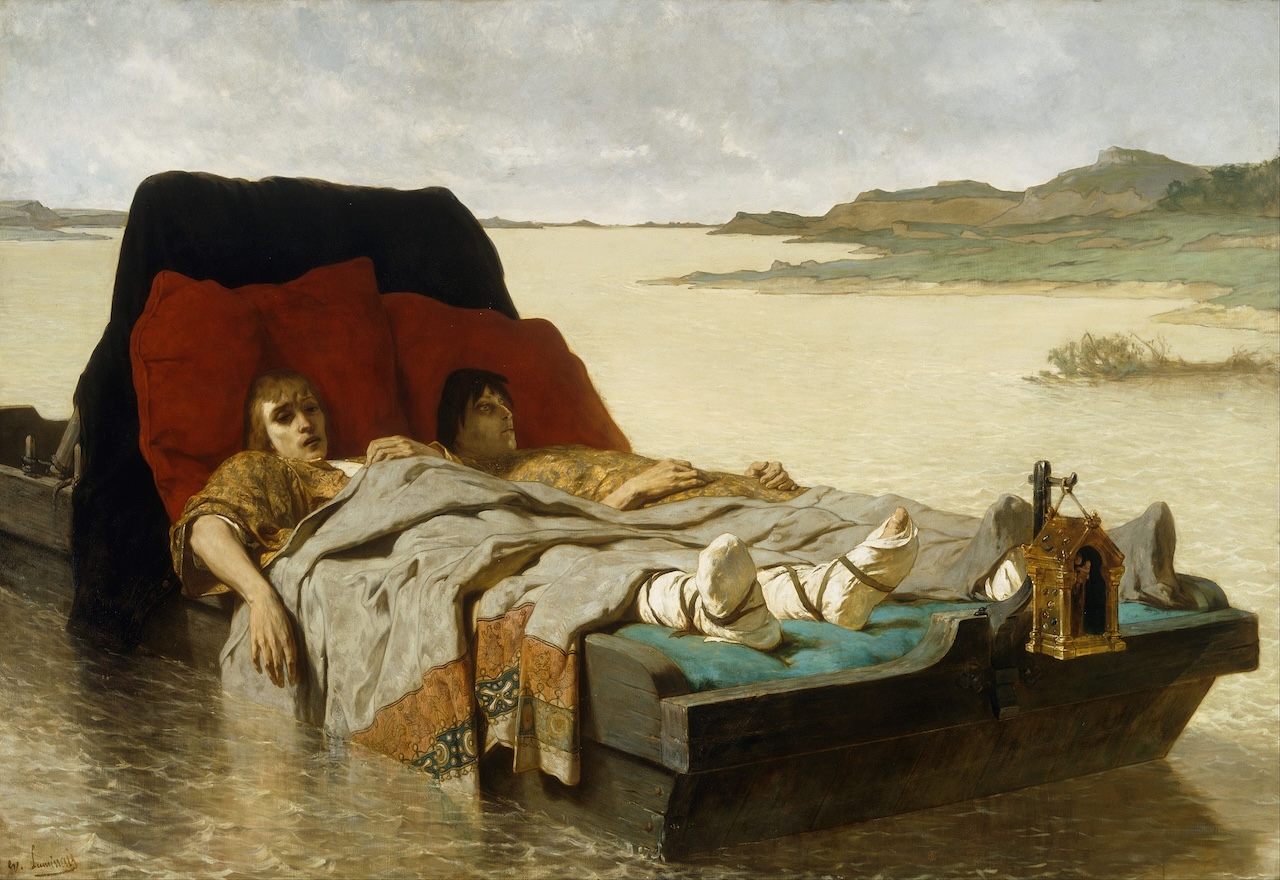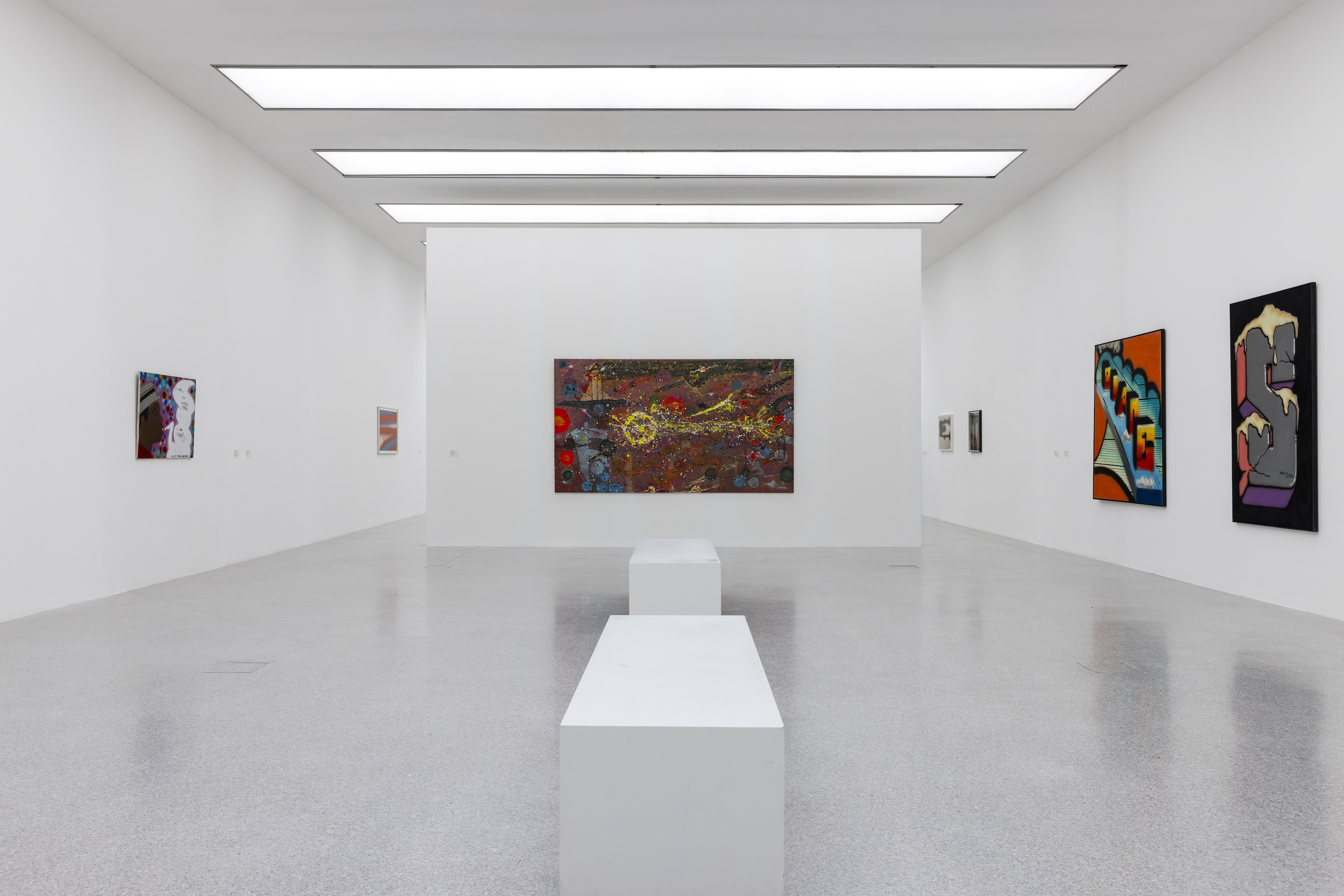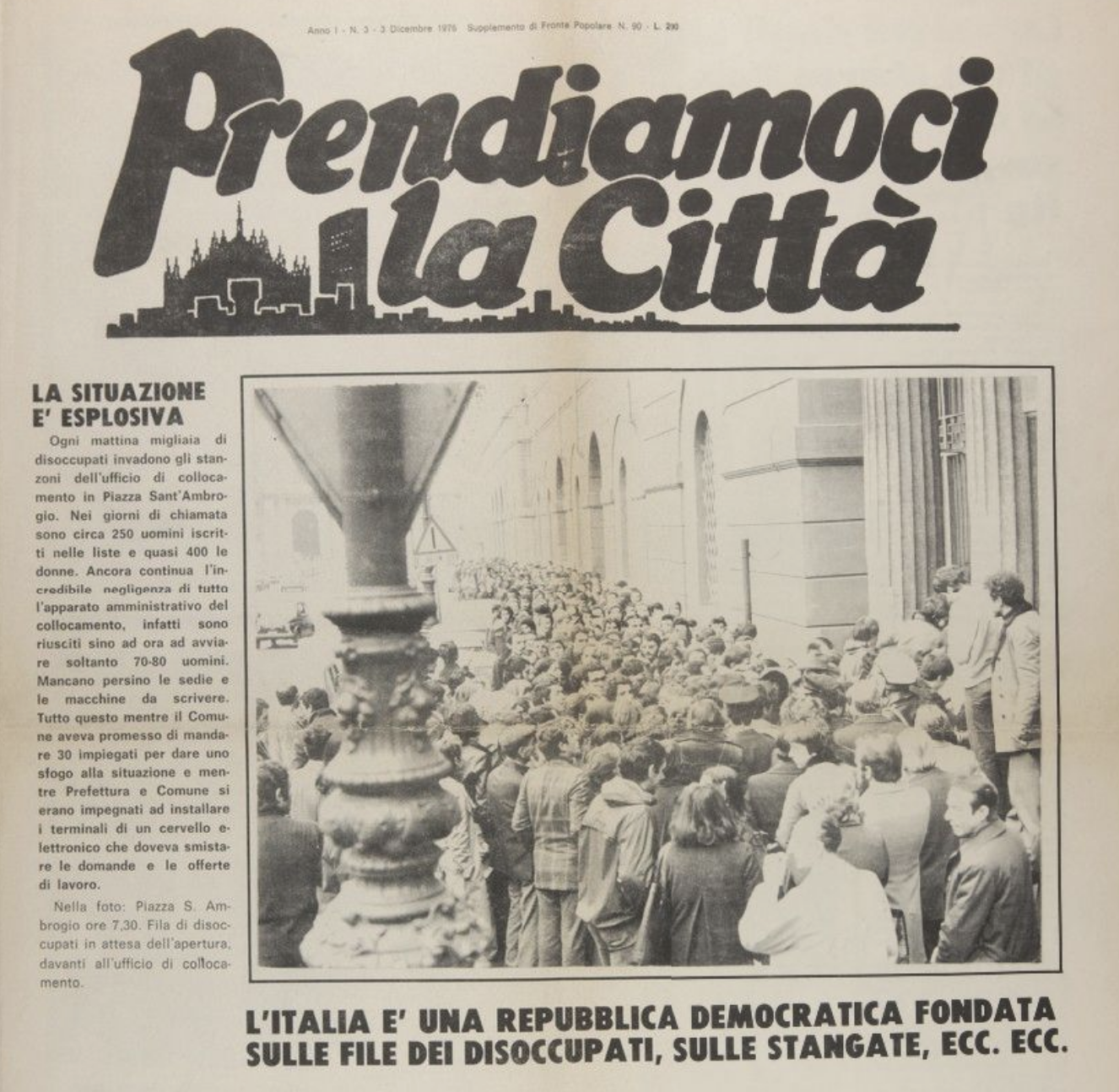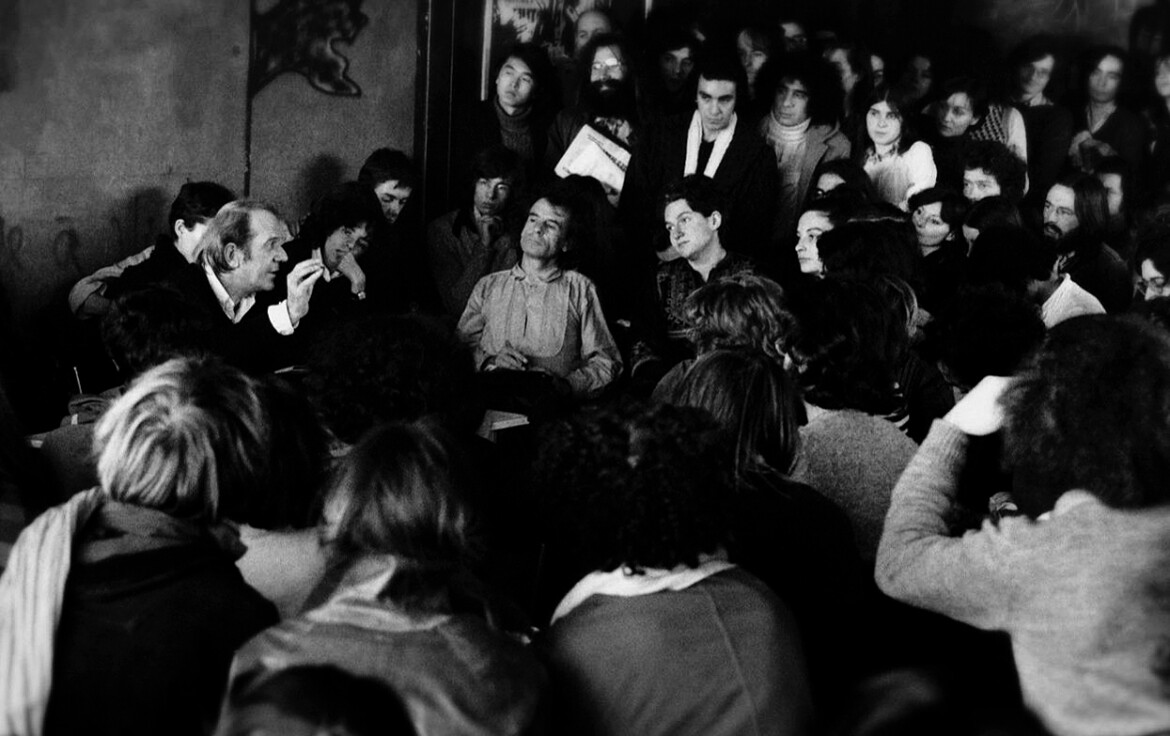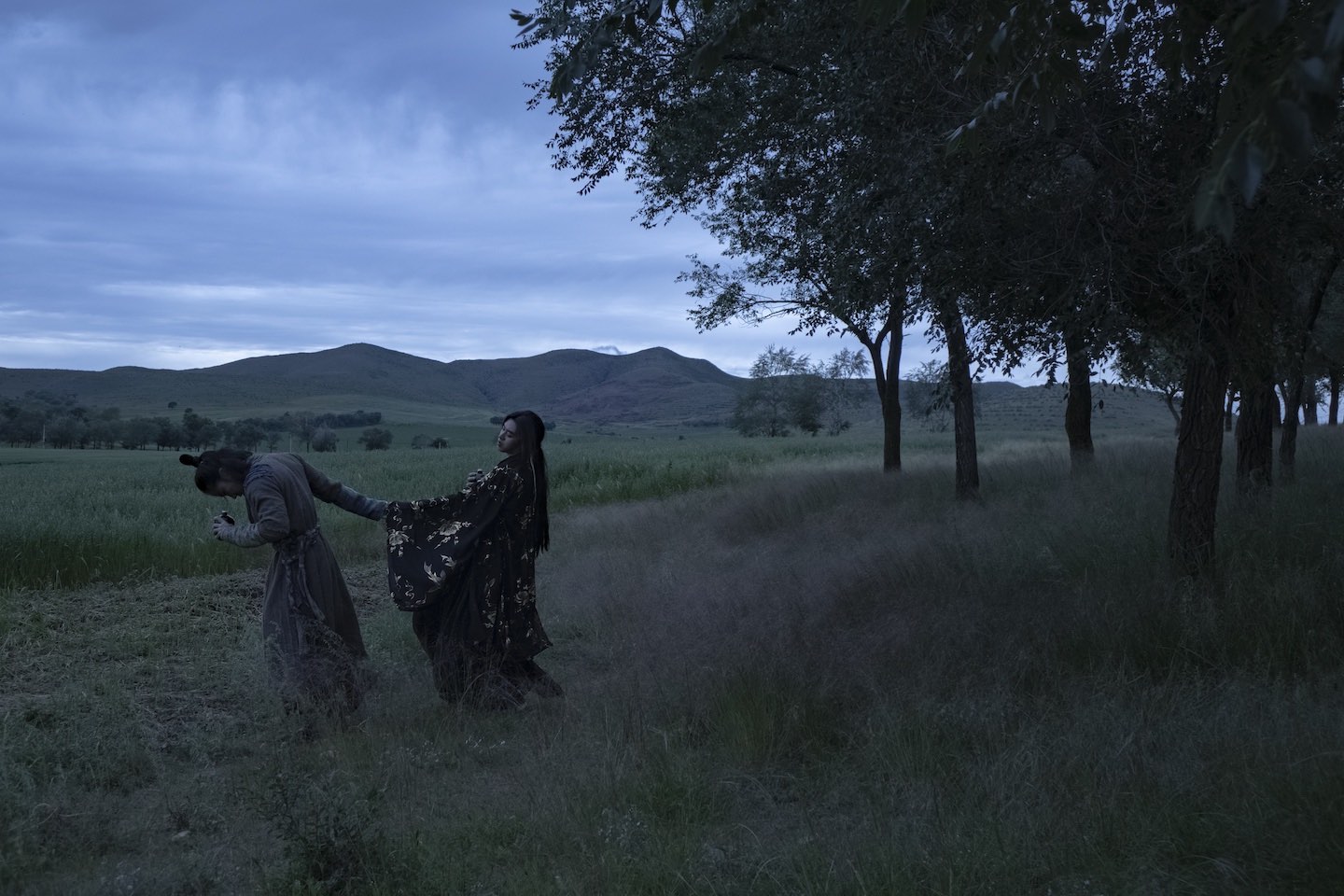What does it mean to be critical, subversive, nonconformist, and free during a global pandemic? Subversion and resistance are so entwined in the history of art and critical theory—partly justifiably, partly as empty heroics—that even calls for communal solidarity in a public health emergency risk seeming, from that perspective, conformist and submissive. Against the background of that dilemma, influential artists and public intellectuals have struggled to take a coherent position on the crisis. Among them are an internationally famous Italian philosopher, a German theatre director, and a German novelist. But we’ll come to them. The difficulties experienced by artists were demonstrated by the pan-European museum confederation L’Internationale’s “Artists in Quarantine” project.1
A shared Instagram account was the stage for 16 artists commissioned to channel, as a press release stated, “perspectives on public/private space, solidarity and critique that are intrinsically connected with the present time.” Running from April 21 to May 7, the project took for a springboard the historic example of Sanja Iveković’s performance work Trokut [Triangle]: when President Tito’s motorcade passed her apartment on a visit to Zagreb on 10 May 1979, the artist sat on her balcony, sipped whiskey, read a book, and gestured as if she were masturbating. The police observed her from a rooftop and ordered her to stop: even the intimation of a woman’s pleasure is enough to provoke state repression.
Do balconies and other domestic spaces, in the words of the press release, “still have the potential to be subversive”? That question put a lot of pressure on the invited artists, including Iveković herself. And that pressure was especially felt on Instagram, with its emoji-laden context and relentless pace. Maja Smrekar put a speaker into her Ljubljana window and blasted a snatch of “The Internationale” towards a government building across the street; in the video document, her dog silently looks out of the window before trotting out of frame. While the layering of references becomes awkward—from Tito to Slovenia’s current right-wing prime minister Janez Janša via Italian fascism, in the work’s allusion to Federico Fellini’s Amarcord (1973)—the dog and the aesthetics of Instagram make Internationale, day 04 feel, well, a little whimsical and cute.
In Warsaw, Paweł Żukowski’s Cardboards asked 40 people to display on their balconies cardboard signs with Polish slogans translating as “we will manage,” “we demand tests,” or “let’s postpone the elections.” The accompanying text on Instagram stated that the action went “viral” and that other people had made “self-made banners joining his actions,” but a question in the comments section to clarify whether they had “spontaneously replicated” the gesture had not been answered at time of this article’s publication four weeks later. Thinking of the millions in Saõ Paulo and Rio de Janeiro who banged pots on their balconies during a televised address by President Bolsonaro, I have to say I prefer ordinary citizens demonstrating for themselves to artists claiming authorship over protest.
Compared to numerous contributions to the project that feel incidental to the circumstances, if not misplaced, Simnikiwe Buhlungu’s short video My Dear Kite (You Can But You Can’t) – Late Yawnings 01h43 does contemplate what is specific to the current situation. We see a white kite and hear her contemplating the possibility of flying it, despite being stuck in her apartment in the Netherlands (to which the artist has recently moved from Johannesburg). The heavy symbolism is confronted with a more playful emulation of the current uncertainty: “you’re not supposed to be outside, even though you can ... but you can’t.” Buhlungu’s monologue captures the way interior feelings echo the sometimes contradictory lockdown measures, political arguments, and scientific debate over sketchy evidence that characterize these times. But it was left to Iveković to take up the gauntlet of creating something that “still has the potential to be subversive,” even if only mildly. Using a font reminiscent of the Guerilla Girls (to whom she dedicates her contribution), a list under the headline “The Advantages of being a Woman Artist in Quarantine” includes “working without the pressures of success,” followed by “being included in numerous museums’ online exhibitions without getting paid.” Touché.
To subvert power you need a clear idea of what it is you’re attempting to resist. Without that, the invocation of resistance in the name of civil rights or progressive goals is ineffective, counterproductive, or simply false. This confusion lies at the heart of a project that runs the risk of conflating temporary measures to protect the vulnerable with the historic example of Iveković’s stance against state repression. A similar confusion might underpin the assessment of protests in general: Are they resisting a government whose dictatorial tendencies are supposedly manifested in the implementation of lockdown measures? Or are they resisting a government whose dictatorial tendencies are manifested in their reckless disavowal of such lockdown measures? The basic principle should be that resistance is based on a fundamental solidarity with those most at risk, so that criticism can be directed at those who would circumvent, or even dismiss, that solidarity—whether government, big business, or influential individuals.
Enter Giorgio Agamben. In a text published by il manifesto on February 26, the philosopher stated that Covid-19 was just “a normal flu, not much different from those that affect us every year,” thus singing from the same hymn sheet as Donald Trump and Jair Bolsonaro.2 On the basis of that claim rests the ensuing argument—exhibiting Agamben’s obsession with Carl Schmitt’s notion of a “state of exception” as the ultimate state of sovereignty—that the state and media were using the virus as a pretext for a permanent state of exception. A couple of weeks later, he furthered his argument by suggesting that, unable to move freely, people are reduced to “bare life.” Thus Agamben puts the rights of an abstract everyone (he writes “Italians”) centerstage, failing even to mention the thousands of sick and vulnerable who had actually been reduced to bare life by a combination of a highly infectious virus and a flawed containment strategy, while mentioning the dead only in regard to the lack of decent funerals. In a further article published mid-April, he did mention the sick and the dying, but only in terms of priests and relatives not being allowed to visit them, as if a totalitarian regime had instigated these measures out of pure malice.
Agamben’s most dramatic mistake is failing to see that defining a group to be excluded—to be reduced to bare life—was part of the argument against a lockdown, not for it. To isolate the elderly and the sick, while the rest can go back to work, has been the mantra of the proponents of “herd immunity.” (In an otherwise brilliant and thought-provoking essay published in Artforum last month, Paul B. Preciado erred similarly to Agamben when stating that “now we are living in detention centers in our own homes,” at best an awkward comparison, and a seeming contradiction to the essay’s earlier, valid statement that the homeless “are secluded in detention centers that promise more contagion than cure.”)3
In its most extreme form, the talk about “herd immunity” and the agitation against lockdowns has turned into a eugenic-neoliberal death cult exemplified by the lieutenant governor of Texas, Dan Patrick, who stated in an interview with Tucker Carlson on Fox News on April 20 that “there are more important things than living.” He means the economy. Ignoring these developments, Agamben stubbornly kept to his line by arguing, in an article published on May 5, that mortality rates in Italy during March were not significantly higher than in previous years. That is a flawed argument on three accounts: If Italy hadn’t locked down, the death rate during March would inevitably have been higher; in the intervening time, many more people have died; and he ignores the evidence provided by dramatic death rates in other parts of the world. Nevertheless he concludes that “we need to ask ourselves whether the pandemic can justify measures that constrain our freedom to an extent that we haven’t seen in the history of Italy, not even during the two World Wars.” There are many countries in which the despotic and anti-democratic tendencies of the incumbent regimes have been accelerated by the crisis; it’s also clear that citizens of even relatively robust democracies should be alert to attempts by their governments to hijack the moment to introduce, for example, new surveillance measures. But implying that the constraints on freedoms are worse now than under Mussolini plays into the hands of far-right agitators and conspiracy theorists, who also base their arguments on claims that the mortality rates are either false or inflated.
Since the end of March, a group calling itself “Demokratischer Widerstand” [democratic resistance] has been holding weekly demonstrations in front of Berlin’s Volksbühne theatre. The core initiators—Anselm Lenz and Hendrik Sodenkamp—were also involved in the 2018 occupation of the Volksbühne in protests against then-director Chris Dercon.4 The other organizers of that occupation have distanced themselves from the new group, as it continues to attract a mix of people including QAnon aficionados and self-declared Nazis. While relaxations of the lockdown have already been introduced in Germany, these demonstrations have nevertheless become increasingly aggressive, as attendees ignore social distancing measures and attack members of the press. A free newspaper lists “Prof. Giorgio Agamben” as co-publisher, and reprints excerpts from his articles. He has denied involvement, but his name remains on the masthead; in any case, his influence is clear in lazily argued articles alleging that the coronavirus is a mere pretext, a scam to upend democracy.
While the demonstrations in front of the Volksbühne were gaining momentum, its former director Frank Castorf was being interviewed by Der Spiegel. Castorf, during whose tenure from 1992 to 2015 the theatre gained worldwide recognition, had the following to say: “I don’t want Mrs. Merkel to tell me that I have to wash my hands.” He justified his position by arguing that the death rate was low, while opposing the very measures that had kept it down (many people these days seem to struggle to understand the so-called prevention paradox). “It’s always sad when a person dies,” he stated casually, “including [auch] an old person. But it’s the way things go, and we have to accept that.”5
Arguing that the current measures had “more or less forbidden” demonstrations, as well as artistic and religious freedom, led Castorf to the following conclusion: “Many Germans seem to have a deep yearning that someone will take them by the hand and lead them somewhere,” which he ascribes to the “mania of a small middle-European people that led us to Stalingrad and back.” With this comparison of the lockdown to the Third Reich, he is but one step away from endorsing the rhetoric of militant anti-vaxxers and other conspiracy theorists for whom Angela Merkel is Hitler’s daughter, Bill Gates is the Bond villain Blofeld, and they are the persecuted. Castorf admits to liking Donald Trump because he “steps out of line” (aus der Reihe tanzt), yet wishes for “concerted reflection and dialogue, as in Sweden.”
Oh yes, Sweden. “Be like Sweden!” shout right-wing protesters in the US. Among those holding the country up as an example of how to navigate between death rates and economic damage is the German novelist Daniel Kehlmann, who has been self-isolating on Long Island, working on a film script with Julian Schnabel, and writing his “Corona Dialogues.” In an interview with Süddeutsche Zeitung, Kehlmann draws attention to what he describes as the high ratings for European politicians who “present themselves as hard taskmasters of their people.”6 The claim sounds almost self-evident, but isn’t supported by the facts. Generally speaking, approval rates for leaders increased during the crisis irrespective of the approach they pursued, following the familiar logic of populations rallying around whoever is in government.
But the lazy stereotype of Europeans somehow being more naturally submissive than Americans becomes irresponsible when Kehlmann downplays the situation in New York. Praising Governor Andrew Cuomo, he states that “the situation in the hospitals was horrible, but all in all it wasn’t as dramatic as it was perceived in Germany.” The evidence cited to support that claim is that the temporary hospital erected in Central Park hadn’t been working to full capacity, and that consequently Germans, who saw images of it on the news, got the wrong impression. But that is weak evidence, and “wasn’t as dramatic as” sounds shrill beside the official figure of nearly 20,000 deaths in New York City by the time of the interview’s publication on May 5.7 Especially when you look at who in the five boroughs has been hardest hit: the poor, people of color, and undocumented immigrants.
And so Kehlmann turns out another proponent of the Sweden myth: “When I think about what the future might look like, I arrive at either the Swedish model—or a radical dystopia.” The problem is that the Swedish model has seen more deaths than the rest of Scandinavia combined, a horrifying number of deaths in care homes, and the highest per-capita death rate in Europe in the latest rolling seven-day average between 12 and 19 May. None of these sacrifices have saved the economy, with Sweden’s central bank predicting that GDP will fall by between seven and ten per cent this year (which is to say, no better than the rest of Europe).8 Talk about dystopia.
All of these examples beg the question of why artists and intellectuals pay lip-service to social causes or, worse, promote stale concepts of the free-spirited intellectual who heroically dissents from the petit-bourgeois majority and their lemming-like submission to in-the-closet Hitlers. The answer is simple: because not doing so would require them to admit to themselves and others an unsettling sense of existential insecurity. That is hard to do, so the typical panic reaction has been to rehash preconceived notions to fit new circumstances. An exception to that rule was Jürgen Habermas, who said in an interview in early April: “We have never understood better how little we know, and about the constraint of having to act and live under conditions of insecurity.”9
You could close the case and argue that artists and writers should simply steer clear of the debate and stick to what they are good at. But that is emphatically not what I think; we do need voices from the art world and academe, not only articulating culture’s role, but also offering political analysis and critical perspectives.
So how can institutions and individuals make better use of their influence and public profile in the midst of this crisis? One thing is certain: small, meaningful acts are better than big, empty gestures. These could be broken down into three types:
- Positive examples of solidarity and care, ranging from emergency relief campaigns for artists in need, to artists and thinkers who critically engage, for example, with the suffocation of the healthcare sector under neoliberal economic policies. This can lead to a more fundamental, feminist, Marx-updating analysis of care work, as exemplified by the writings of Silvia Federici. The pandemic exposes our reliance on the care work of hospital workers and single mothers alike, but also our need for art as a unique mode of insight. The communization of vital infrastructures—call it the “welfare state” or socialism, whatever—must be argued and fought for as a necessary outcome of this pandemic.
- Public figures have a role to play in fighting the tsunami of misinformation and conspiracy theories. This begins with making a basic effort to corroborate the information on which they build their own analyses, however unsexy they consider such vulgar empiricism. And that can lead to sound political analysis and intervention: for instance, you don’t need to be a conspiracy theorist to be critical of contact-tracing apps and centralized data gathering. In Germany, where for obvious historic reasons that critical perspective has been pronounced, the lobbying of scientists and an association of hackers and net activists known as the Chaos Computer Club convinced the German government to change course and support the development of an app using decentralized data processing.
- Artists and thinkers might consider the reasons to seek a public platform, and what to do with it. They should be prepared to acknowledge uncertainty, to embrace instability, and to rethink their ideas. Rather than filling the void with empty rhetoric, at the very least what’s needed are reflections on what it means to live in that void.
I’m sure that someone, somewhere, is creating a masterpiece about this crisis. But we might not get to experience it for quite a while. Because good things take time. And that’s fine.
Nine major art institutions are connected through L’Internationale: MG+MSUM Ljubljana; Museo Reina Sofia Madrid; MACBA Barcelona; M HKA Antwerp; SALT Istanbul & Ankara; Van Abbemuseum Eindhoven; MSN Warsaw; NCAD Dublin; and HDK-Valand Gothenburg.
Following are the texts by Giorgio Agamben to which this article refers: Giorgio Agamben, “The state of exception provoked by an unmotivated emergency,” positions (publication’s translation from text published in il manifesto on February 26, 2020) http://positionswebsite.org/giorgio-agamben-the-state-of-exception-provoked-by-an-unmotivated-emergency/; Giorgio Agamben, “Nach Corona: Wir sind nurmehr das nackte Leben” (Under corona, we are reduced to bare life), Neue Zürcher Zeitung (March 18, 2020) www.nzz.ch/feuilleton/giorgio-agamben-ueber-das-coronavirus-wie-es-unsere-gesellschaft-veraendert-ld.1547093; Giorgio Agamben, “Zum zusammenbruch der demokratie” (Towards the collapse of democracy), Neue Zürcher Zeitung (April 15, 2020) www.nzz.ch/feuilleton/coronavirus-giorgio-agamben-zum-zusammenbruch-der-demokratie-ld.1551896; Giorgio Agamben, “Wohin führt das?” (Where does that lead?), Neue Zürcher Zeitung (May 5, 2020), https://www.nzz.ch/feuilleton/giorgio-agamben-der-notstand-erlaubt-alles-die-ethik-dankt-ab-ld.1553878?reduced=true. Translations from the German by the author.
Paul B. Preciado, “Learning from the virus,” Artforum (May 2020) https://www.artforum.com/print/202005/paul-b-preciado-82823.
Opposition to the nomination of Chris Dercon as Castorf’s successor in 2015 developed into a volatile situation, with an outpouring of hatred on social media and personal threats leading ultimately to Dercon’s resignation.
Interview with Frank Castorf, Der Spiegel (April 28, 2020) https://www.spiegel.de/kultur/frank-castorf-ueber-angela-merkel-und-corona-moechte-mir-nicht-sagen-lassen-dass-ich-mir-die-haende-waschen-muss-a-5ff19227-383c-4168-a1da-6aef96950855. Translation by the author.
Interview with Daniel Kehlmann, Süddeutsche Zeitung (May 5, 2020) https://www.sueddeutsche.de/kultur/kehlmann-interview-coronavirus-1.4898386?reduced=true. Translation by the author.
Jon Henly, “Just 7.3% of Stockholm had Covid-19 antibodies by end of April, study shows,” The Guardian (May 21, 2020) https://www.theguardian.com/world/2020/may/21/just-7-per-cent-of-stockholm-had-covid-19-antibodies-by-end-of-april-study-sweden-coronavirus.
Markus Schwering, “Jürgen Habermas über Corona: ‘So viel Wissen über unser Nichtwissen gab es noch nie’” (Jürgen Habermas on corona: “We have never understood better how little we know”) (April 10, 2020) https://www.fr.de/kultur/gesellschaft/juergen-habermas-coronavirus-krise-covid19-interview-13642491.html. Translation by the author.
